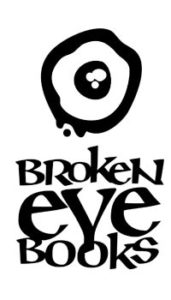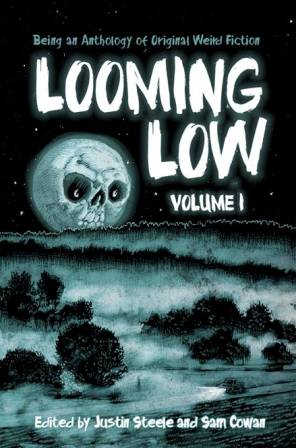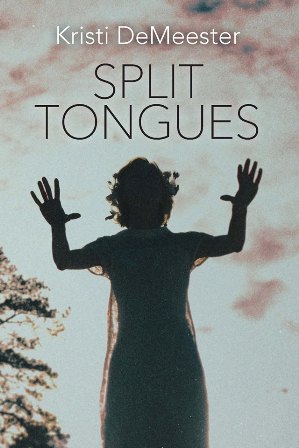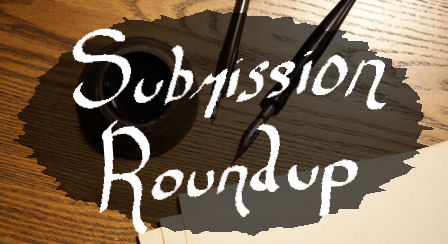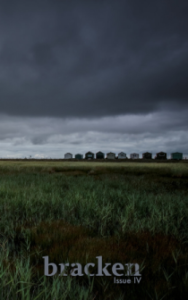Welcome back! Today, I’m thrilled to spotlight author Desirina Boskovich. Desirina’s work has appeared in numerous outlets including Clarkesworld, Nightmare, and Lightspeed, among others. Earlier this summer, her new novella, Never Now Always, debuted from Broken Eye Books.
Recently, Desirina and I discussed her evolution as an author as well as her inspiration for Never Now Always.
A couple icebreakers to start: when did you first decide to become a writer, and who are some of your favorite authors?
I first decided to become a writer at age 5. I think I had just discovered chapter books. I don’t quite remember how I learned the term “writer” – maybe I asked my mom where books came from – but somehow I found out about the job title and instantly decided I would become that.
Favorite authors… there are the classics such as Gabriel Garcia Marquez, Ursula LeGuin, Shirley Jackson, William Gibson, Jeanette Winterson, David Mitchell. In the past few months I’ve been reading the crap out of some page-turners, which seem to be just what I need in these trying times. I am loving Megan Abbott, Gillian Flynn, Ruth Ware, Ruth Rendell and others in the thriller/mystery genre.
What draws you to speculative fiction? Do you remember the first speculative story you ever read?
The first speculative story I read was definitely The Lion, the Witch and the Wardrobe, followed by the rest of the Narnia books. My parents read a few of these to me and my sister before I was old enough to read them myself and I read the rest as soon as I could (probably just after I decided to become a writer). I did not have a good childhood and these books were my comfort and escape. I’ve written elsewhere about my love for those books and the influence they’ve had on me. They definitely imparted a love for the weird, fantastical and uncanny.
I always gravitated toward science fiction and fantasy as a young reader. One book that I still remember is This Star Shall Abide by Sylvia Engdahl. That story blew my mind.
I think now I’m drawn to speculative fiction for the same reasons I’ve always been – my underlying conviction that the world we see is a very small sliver of what is, that we’re sleepwalking, mostly, and the universe is vast and terrifying and beautiful and much stranger than we could possibly imagine. I want a piece of that, as much as I can find it. And often it feels to me that the language of magic, of fantasy, of horror, of the weird, is truer and more familiar to me as a depiction of my life than anything that pretends to be “realistic.”
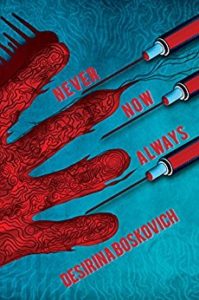 What was the inspiration behind Never Now Always? As you were writing the early drafts, did that initial vision evolve, or did the finished story match how you first imagined the novella?
What was the inspiration behind Never Now Always? As you were writing the early drafts, did that initial vision evolve, or did the finished story match how you first imagined the novella?
I started with this idea that I wanted to write about something I personally find unsettling, even horrifying. What I thought about then was the horror of trying to hold onto an important part of my mental landscape, a memory or a story or a knowledge about myself, and not being able to. Knowing I would lose it, or knowing I’ve lost it, and the powerlessness of that, the invasion, the loss. So I ran through a few scenarios and ended up with this one. I had the basic outline of the novella before I started drafting. I think the finished story turned out pretty close to that, except it took me a long time to find a language that felt natural to my characters and their world.
You’ve written both short and long fiction. What factors help you to determine what length a project should be?
I think when I write short fiction I’m writing toward a single powerful image or emotion or scene – sometimes the ending, not always. The rest of the story is designed to support that, to bring it about. I want it to be short because I don’t want to waste any words getting to that moment of power.
With a novel, I start with a set-up that intrigues me and I see where it goes. I usually don’t know what the end will be. So I have to write a while to find my way there.
In your work, you’ve explored themes that focus on identity, loss, and childhood. What draws you to these ideas in particular, and are these the themes that you see guiding your work in the future?
I grew up in an abusive home and my childhood was traumatic. I think from my earliest I’ve been trying to navigate this great loss at the center of it all – a life lived without the anchor of safety in childhood, of parental love. It is a great loss because it’s something that I think every human demands instinctually, from the moment we’re born or perhaps before, we want our parents to love us and make us safe. You can grow up without it but you know always that you missed out on something irreplaceable. And that, I guess, feeds into identity. I am who I am because of that past, in ways good and bad. I try to lean into the good and I do my best to leave behind the bad.
I think my work will always center on these themes, but hopefully I’ll find new ways to explore them. Lately I’ve become obsessed with psychological thrillers about women, that explore family dysfunction and buried traumas through the framework of suspense, danger and bloodshed. I really want to write one soon and I think that’s a very interesting way to delve into the same ideas.
Out of your published work, do you have a personal favorite?
One is “The Island,” published in Nightmare Magazine, which explores the themes mentioned above. Another is the more recent “The Voice in the Cornfield, the Word Made Flesh” from F&SF, which is something I really pushed and stretched myself to write.
What projects are you currently working on?
I am halfway through the second draft of a novel, which I hope will be finished soon. It’s weird science fiction that’s a little bit cyberpunk and a little bit eco-apocalypse.
I am also collaborating with Jason Heller on a nonfiction book titled Starships & Sorcerers: The Secret History of Science Fiction, which will be published by Abrams Books. The book will be illustrated and contain tons of gorgeous imagery, and contributions from a bunch of very smart people, too.
Tremendous thanks to Desirina Boskovich for being part of this week’s author interview series. Find her online at her author site as well as on Twitter and Facebook.
Happy reading!

